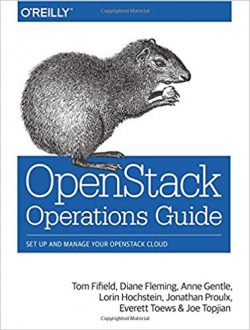Our method
To go through the Book Sprints method is a unique experience. It is supported by our specialised production team and book-production platform Editoria, relying on maximum commitment from the participants, a dedicated working space and strong facilitation. All this and a non-negotiable deadline.
-

Concept
With 6 – 12 subject matter experts, our facilitator builds a collective vision around the aims and audience of the book, mediating discussion and brainstorming with the group to create an overview of possible content. The facilitator ensures that everyone in the group is heard equally, strengthens consensus, and narrows down the scope of the book.
-

Structure
We bring order to the creative chaos generated by the group of free-thinking minds and together organise the ideas into broader themes. These are then mapped onto sections, chapters and subchapters to build a draft table of contents.
-

Writing
Using our book-production platform Editoria, the group begins to write, individually and in teams, taking on small sections at first to develop the main arguments of the book. Our facilitator keeps track of the progress and sets assignments accordingly. Each participant contributes to multiple chapters to ensure that different perspectives are evenly represented throughout the book.
-

Editing
Throughout the process, and under the guidance of the facilitator, the contributors read, restructure, edit, and reorganise the text. The group constellations change so that everyone gets a chance to collaborate. This is the point at which the book comes together and the participants start to develop a shared mental model.
-

Production
Your contributors decide on a title, a cover design and draft diagram ideas. Our team of copy-editors and designers work alongside the group using our production platform Editoria to edit, illustrate, and lay out the text in real time. Based on the final version our team produces print-ready PDF and EPUB files. These are immediately available to be distributed online, in print, or through a publishing house.
Technology companies are using Book Sprints for rapid technical documentation.
Policy makers, academics, business managers, and activists use Book Sprints to capture and expand their organisational knowledge.
Book Sprints for Technical Documentation
Good documentation can be a powerful sales tool. A number of technology companies have used Book Sprints to gather internal knowledge about complex solutions and produce a comprehensive overview for all their customers and teams.
Book Sprints for Organisational Knowledge
Large institutions and multi-stakeholder projects often have a need for more than documentation. With a Book Sprint you can demarcate a certain field of knowledge, define policy or map practical experience from multiple contexts in a handbook.






